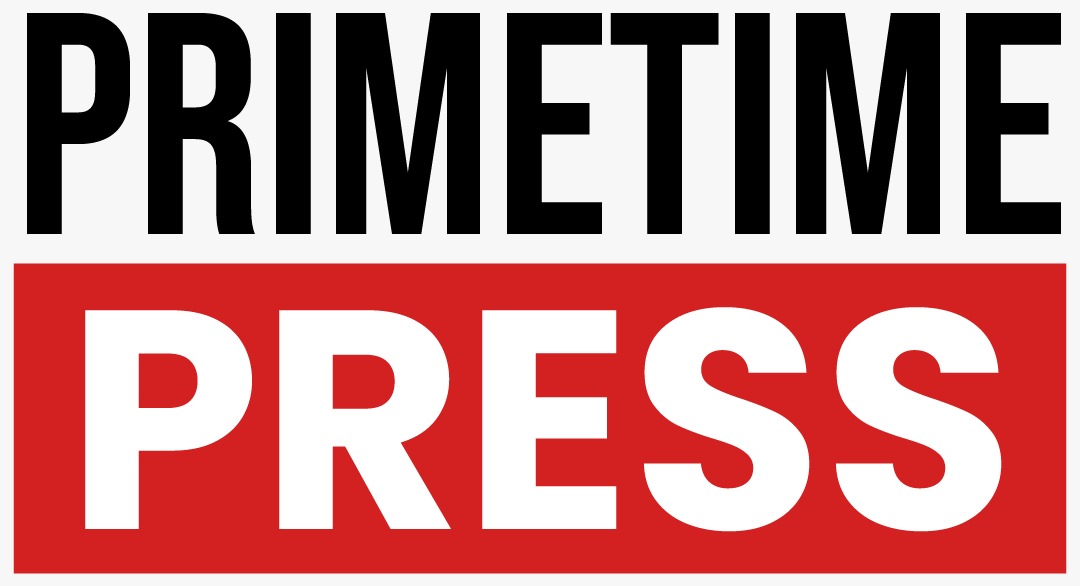As the global economy continues to rebound from the effects of the COVID-19 pandemic, the United States is experiencing significant signs of economic stabilization. Key indicators point to positive growth, with the U.S. GDP expanding at an annual rate of 3.5% in the first quarter of 2025, marking a notable improvement over the previous year’s performance. This recovery is largely attributed to a combination of government stimulus programs, a resurgence in consumer spending, and the strong performance of critical sectors, including technology, manufacturing, and retail.
The economic rebound has been especially marked by increased consumer confidence, which has driven higher levels of spending. The return of robust demand across various industries has fueled this positive growth. Technology, manufacturing, and retail have seen some of the most significant gains, with companies reporting record revenues in the first quarter. Consumers are spending more freely, buoyed by steady job growth, rising wages, and lower unemployment rates, all of which are contributing to the overall economic optimism.
Labor market data paints a positive picture as well, with the U.S. unemployment rate falling to 3.8%, a level that mirrors pre-pandemic conditions. This recovery in the labor market has been a key driver of the overall economic rebound. With more people employed and participating in the workforce, consumer demand continues to grow, supporting further economic expansion. The Federal Reserve has acknowledged the improvements in the labor market and has indicated that it intends to keep interest rates steady, which is contributing to financial market stability. By avoiding drastic rate hikes, the Fed is providing a sense of predictability, helping businesses and consumers plan for the future with greater confidence.
However, while inflation remains a persistent concern, there are indications that the situation may be stabilizing. Although price increases are still being felt across the economy, particularly in housing and energy, the Federal Reserve’s cautious approach to monetary policy has helped to prevent runaway inflation. Supply chain issues, which had exacerbated price hikes in the previous years, are also gradually improving as key industries adjust to new logistics challenges. Companies are reporting better resilience in their supply chains, which is helping them meet the increasing demand for goods and services, particularly in technology and retail sectors.
Looking beyond the U.S., the global economic landscape is showing encouraging signs of recovery as well. The World Bank forecasts global economic growth of 4.1% in 2025, indicating a broader rebound that will benefit many economies worldwide. While the U.S. is leading the charge in terms of growth, other regions are experiencing recovery as well, with Asia and Europe showing signs of improvement, albeit at different paces.
That said, the path to full recovery is not without challenges. Geopolitical tensions and ongoing supply chain disruptions in certain industries, particularly in energy and manufacturing, pose potential risks to the global and U.S. economic recovery. For instance, uncertainties in global trade relations and shifts in commodity prices could create volatility in the latter half of the year. Despite these potential hurdles, analysts remain cautiously optimistic about the recovery’s overall trajectory.
As the U.S. economy continues to strengthen, economists predict that the growth trend will continue through the rest of 2025, barring any major disruptions. The combination of stable monetary policies, a recovering labor market, and robust consumer spending is expected to drive sustained economic growth, with the possibility of a return to full economic normalization by the end of the year.
The overall recovery narrative reflects an optimistic outlook for the U.S., even as challenges persist. As businesses and consumers adjust to the new economic landscape, the key to continued success will be maintaining a balance between growth, inflation control, and market stability.

